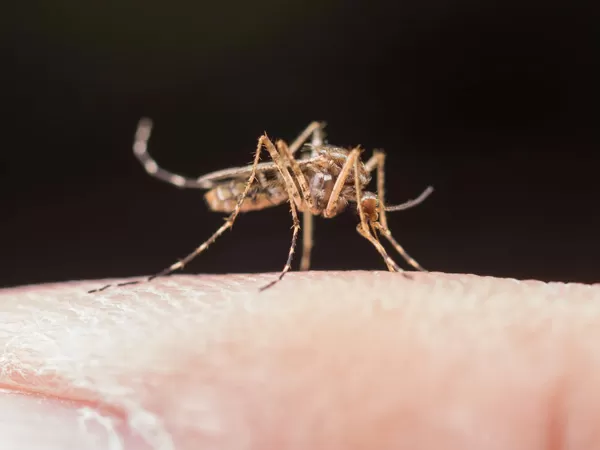What is Malaria in simple words?
It is a deadly disease that has reached every second home on this planet. Malaria disease happens when a mosquito infected by parasites bites you. Female Anopheles is a deadly mosquito that spreads a plasmodium parasite through saliva that causes malaria. It is still a major cause of sickness and death in India, although the numbers are decreasing. In 2018, the National Vector Borne Disease Control Program (NVBDCP) estimated that approximately 500,000 people suffered from malaria (63% Plasmodium falciparum), and less than 100 persons died.

Malaria is a disease that has been around for a long time. It is mentioned in ancient Indian medical texts like the Atharva Veda and Charaka Samhita as well. If we go into a deep understanding of what malaria is, we get to know that malaria happens due to a parasite and not any bacteria or virus. Thus when people ask if malaria is a virus or bacteria we answer that it is a parasite.
Read: Malaria Prevention and Treatments
It is such a deadly disease that if not treated well on time causes several health issues such as breathing issues, seizures, organ failure, and brain damage eventually leading to death. We are celebrating the Anti-Malaria month understanding malaria and its causes. We will dig in to get a good knowledge of malaria but let us start with the importance of Anti-Malaria month.
Anti-Malaria Month: Its significance and Importance
India observes its Anti-Malaria Month every year throughout the country in June. Now you must be wondering why we celebrate Anti-Malaria month? It is observed with the main goal to educate more and more people about malaria and its causes.
To this day the government wants people to come forward and help them fight malaria through various media campaigns. Why June? Because malaria spreads in the monsoon season, June on the other hand comes before the monsoon season.
According to theworld malaria report 2019, there are 228 million malaria cases globally in 89 countries. In 2018 the number of deaths recorded reached 40500. Just because of such numbers of deaths, the government wants every citizen to be fully educated about Malaria and its causes so that they can prevent themselves from this deadly health disease.
The Indian government has been responsible for controlling malaria for a long time, but now there is a realization that the community and other sectors of the economy need to be involved in the control efforts. The National Malaria Eradication Program is trying to make it easier to coordinate with other parts of the economy and to change people’s perceptions and health-related behavior. They have started a big program to try to get people more involved since 1997.
A community mobilization program is a program where people work together to achieve a goal. One part of this program is the ‘Anti-Malaria Month’. This is a time when people all over the country are made aware of the dangers of malaria and are encouraged to work together to prevent it.
How common is malaria in India?
Mosquitoes Mean Malaria! Malaria is a serious disease that can be caused by different types of Plasmodium parasites. These parasites are usually spread by bites from certain types of mosquitoes. In India, there are many different types of mosquitoes that can carry the parasites, and there are also many different types of Plasmodium parasites. This makes it very difficult to prevent and treat malaria in India.
But malaria is super common in tropical regions that are hot and humid. A total number of 241 million malaria cases were reported back in 2020 globally. This includes 627,000 deaths, in South Asia and Africa as major countries. India is the second-most populous country around the globe, with a population of more than billions and increasing day by day.
Due to this, the Indian health system faces a series of challenges that includes surveillance campaigns that will calculate the accurate digit in malaria control. If you look at the history, in 1950 the highest malaria incident happened. This included 75 million cases with 0.8 million deaths (WHO, Country office for India).
Also Read: Novel Malaria Treatment for Children Receives First Approval
Malaria: Its Causes, Signs, and Symptoms
As we got an idea of this common question, what is malaria, now let us understand what are its causes. This shows why it is important to educate people about this disease so that they take all the necessary precautions within time. The below-mentioned list tells the various causes of malaria:
- A mosquito can give a person malaria by biting them and transferring a parasite to their bloodstream. There are five different types of malaria parasites.
- A pregnant mother who is infected with malaria can transfer it to the child during birth.
- In rare cases, malaria spreads via blood transfusions, using the same needles, and while donating organs.
Early Signs and Symptoms of Malaria

- High fever
- Sweating
- Chills in the body
- Body ache and headaches
- Fatigue
- Breathing issues
- Chest pain
- Diarrhea
- Vomiting







